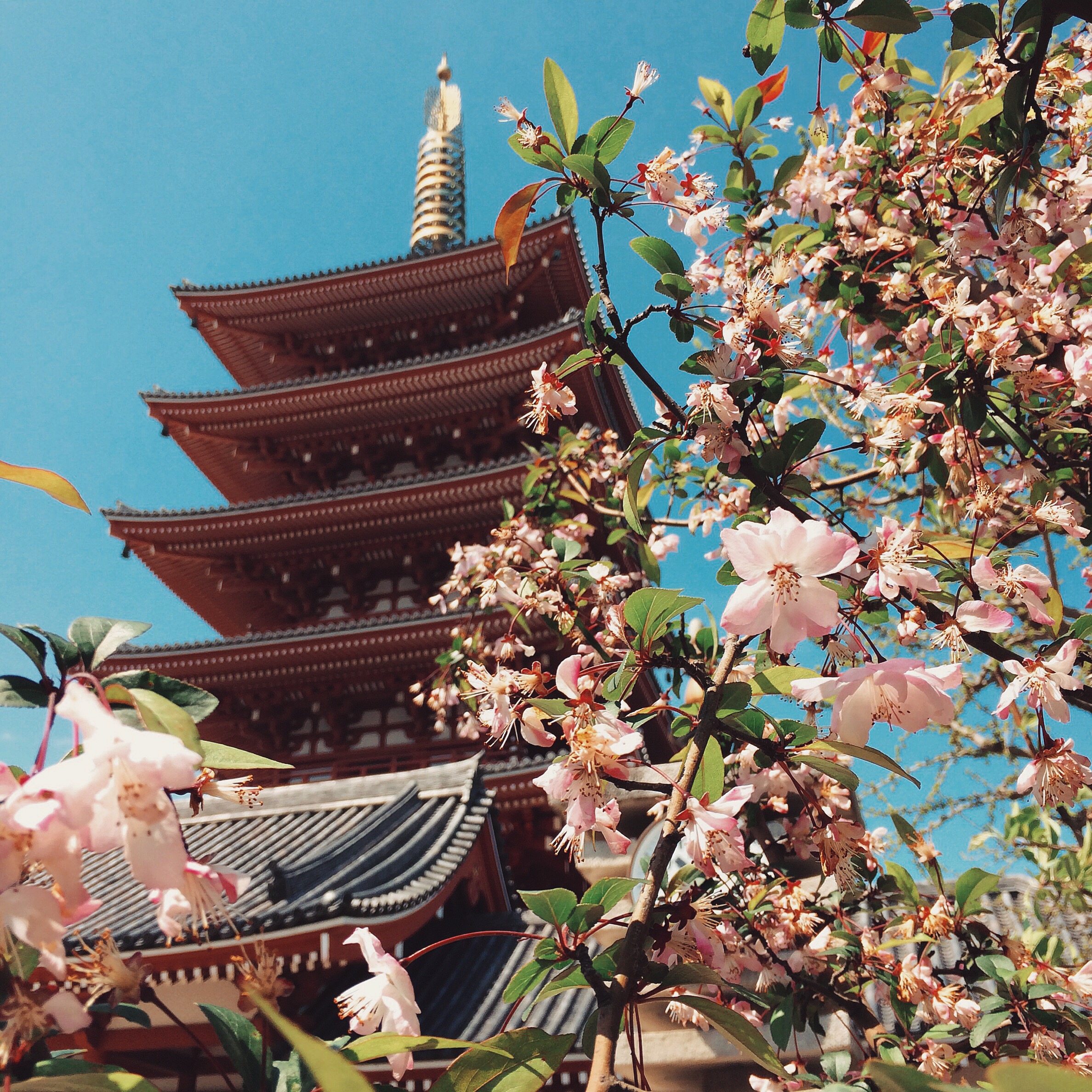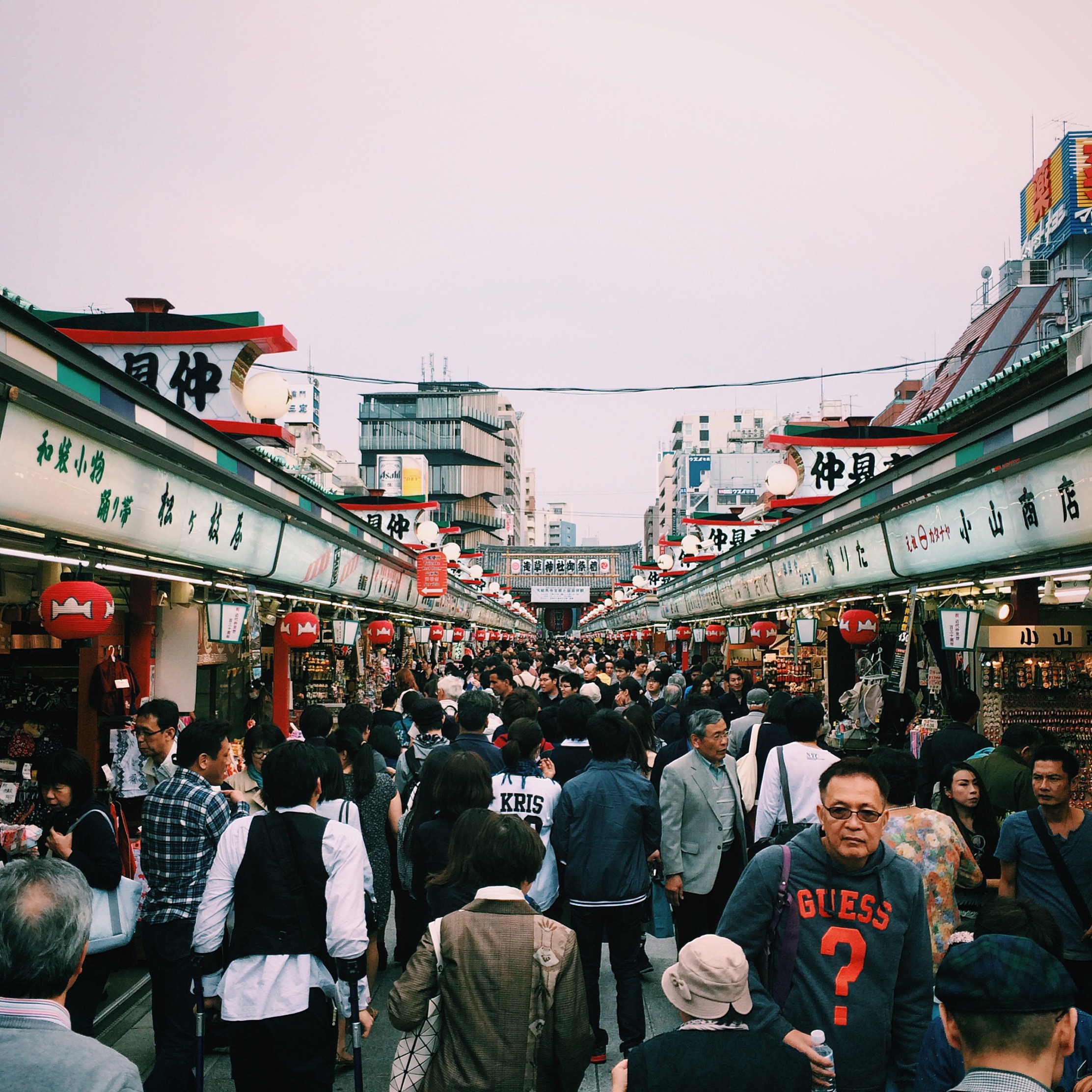I will dedicate my first travel blog-post to the beautiful country of the rising sun called JAPAN.
I first visited Japan in May 2014, and after a very short 5-day-journey across the Kansei region, I instantly fell in love with that beautiful country.
5 days only? Isn't that too short?
Well, I felt a little bit insecure visiting a country, where it wouldn't be easy to communicate with the people around me. I wouldn't be able to talk to most people, and couldn't read their letters and signs. I was on a budget as well. The 5 nights in Japan [2 in Kyoto, and 3 in Osaka] and the flight cost me around 750 euro [830 US$], bargain!, wasn't it?
I had the maximum of a japanese experience i could have expected on that short trip, from delicious japanese food, to the geishas at the Gion area in Kyoto, to a traveler meet-up with locals and gaijins [foreigners] all dressed up in traditional Kimonos.
KANSEI AREA!
As soon as i left Japan, I knew i'd turn back very soon, for a long trip and of course visiting its capital Tokyo. I turned back in April 2015 for the sakura season [cherry blossoms], and started my trip in Tokyo. From Tokyo I moved on towards Kansei, and visited my friends in Osaka again. From Osaka you're pretty close to Kyoto, Nara, Kobe, and plenty of other smaller cities. It's just right in the middle of the country, and it only takes you 3 hours to reach Tokyo by Shinkansen [super-fast bullettrain], and 3 hours to reach Fukuoka on the west-side of the island. A 200 euro [230 US$] Japan-Rail Pass will give you access to infinite train-rides for a whole week. It is expensive for a one-week ticket. But as soon as you figure out that a one-way ticket from Tokyo to Osaka costs half the price [around 100 euro] of the JR Pass, you will notice that it's worth every cent.
After having experienced the 2 most famous cities of Japan, Tokyo and Osaka. I'd definitely recommend the Kansei area for those who are planing their first adventure in Japan. Why? Well, it's just a totally different vibe than Tokyo. Less crowded, less busyer, more smiling people, and a lot more of cultural and traditional sights. By the way Kyoto is considered the most cultural city of whole Japan. The city of Kyoto owns the most temples per city in Japan.
If you plan on doing both cities on the same trip. I'd recommend visiting Tokyo on the first days of your journey. In case you'd start your trip in Kansei, you might get disappointed with Tokyo. Don't get me wrong! Tokyo is an a-m-a-z-i-n-g city! But it's just too busy, and it takes you forever to move around with public transportation.
All the clichees you've seen and heard about Japan, you will experience all of them in Osaka and Kyoto... except for the concrete jungle that Tokyo is best known for.
After my second trip to Japan, I'm already planning to turn back for a second time this year. But only visiting Tokyo for 5-6 days. It's such a huge city, that i've only discovered a tiny part of it on my first 5-days in Tokyo.
I could go on, and write about Japan for a couple of hours, and fill pages with tons of words and photos. In the next weeks I will try to add single reviews to this blog, and more precise recommendations of the different areas I discovered in Japan.
Is it easy to get along without understanding a word ?
To be honest, japanese people [well most of them] are very bad in english! Once you start learning japanese, you will understand why they're so bad. It's just a total different grammar, the order of the subjects, verbs, objects are totally different, than most of the languages we are used to. They got 3 different alphabets [hiragana, katakana, and an endless huge symbol-alphabet called kanji]. Let's get to the point! It's very easy to move around Japan. Most menus have photos next to their common meals. A lot of restaurants have english menus, and all you need to do, is to point with your finger on what you want to eat. Your finger will be the most important tool in Japan.
The subway and railway stations have the english station-names on their rail-map. Most employees at the maininformation-desk speak english. The check-in staff at the hotels mostly communicate in broken-english, but they will understand anything you'll ask them.
Once you start going out in japan around midnight, after a couple of drinks, lots of japanese people will overcome their shyness, and will try to communicate in english with you.
Everyone i've met in japan was super-friendly und very helpful. You will never feel lost in Japan... maybe just for a couple of minutes ;), til someone reaches out to help you.










